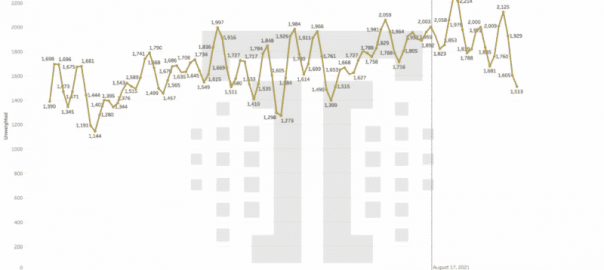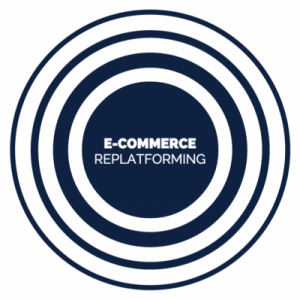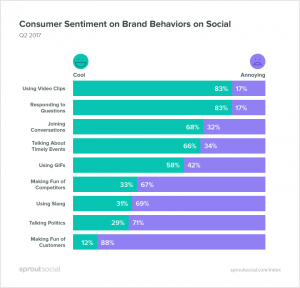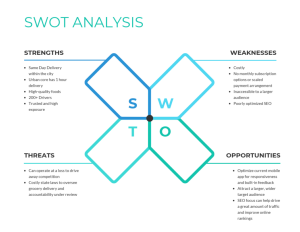And why aren’t more CMOs looking ahead?
Even in uncertain times, AI-driven predictive analytics can help marketers see what opportunities are coming down the pike. So why isn’t this technology being used by more CMOs? At his talk at this month’s MarTech conference, TrustInsights.ai Chief Data Scientist Christopher Penn showed some ways any marketing team can predictively leverage their data. And he also shared some head-scratching.
“About two-thirds of CMOs said that they’re managing the present, they’re putting out fires right now, and only about a third are looking towards the future, even in a period of time where planning and contingencies are so important, during the global pandemic,” said Penn, citing numbers from Duke University’s most recent CMO survey. “People are just not doing it, and the reason for this is a lot of the tools that you use for predictive analytics are in the marketing toolbox, but companies haven’t really adopted them.”
He added, “Why? Because people haven’t figured out how to make use of these things, how to use them to save time and plan ahead.”
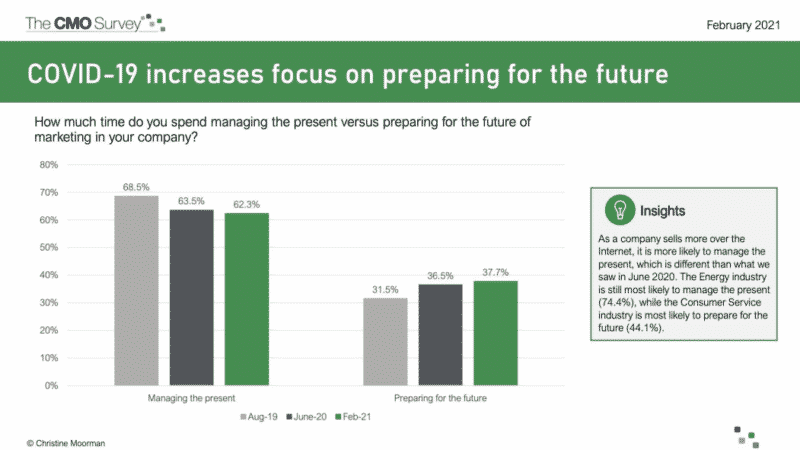
Start with time series forecasting
Much of the way marketers use predictive analytics is customer-focused. They want to find customers who are more likely to buy. And in an effort to be more efficient, marketers will put their efforts and budget into engaging these customers that have more intent.
Another time-saving method, however, focuses on the timing of an event or opportunity that marketers can jump on. This strategy, called time series forecasting, can also help marketers avoid a bump in the road and save themselves from a headache.
Drawing on your company’s current data resources, algorithms can arrange the data into patterns, and AI makes the insights even more actionable. The two main patterns or themes that predictive analytics determines are seasonality and cyclicality. They are repeatable phenomena that marketers can see coming over the horizon, and act on them.
“Seasonality includes the things happening over given periods of time that are seasonal,” Penn said. Then, there’s influences according to what’s happening in time, and cyclicality is that cycle, that rhythm. Our data should generally be seasonal and, generally, be cyclical.”
Some of these cycles marketers already know from experience and the data confirms it. For instance, if you’re in B2B marketing, you’re not going to get much traction from campaigns on the weekends.
“If you’re in B2C,” said Penn, “you know the time between early November and January 1, you’re going to be working double shifts.There’s seasonality to that…But, depending on the product, the reverse might be true. That’s cyclicality. So you have seasonality and cyclicality in your data.”
Enough data in the cake
You also need to have a certain amount of data to teach the algorithms what has happened in the past, and enough so that you can test your assumptions about the data.
“Test to make sure that your predictions are accurate, and then you can build your forecast,” Penn said. “If you don’t have enough data, predictive analytics tends not to work. Why is that the case? Well, think about it like this.”
He added, “If you were baking cakes right and you’ve only baked a cake once, you don’t really know what can go wrong. And there may not have been any anomalies that day when you made that cake, so you have a very limited number of examples to say, OK, I’m pretty sure I know how to bake the cake.”
However, gathering data over many cycles, like baking a lot of cakes, allows the marketing team, as well as the algorithms they use, to identify when things go wrong with the cake.
“You’ll know after a period of time what’s going wrong,” Penn said. “That’s what you need with predictive analytics data.You have to have enough data to spot those times when something’s gone wrong and account for it.”
Forecasting behavior
To get an idea of how seasonal and cyclical patterns can help forecast opportunities for your company, look at some of the insights that can be drawn from search terms in Google.
In the marketing tech space, for instance, you might be interested in the ebbs and flows of the search term “marketing automation.”
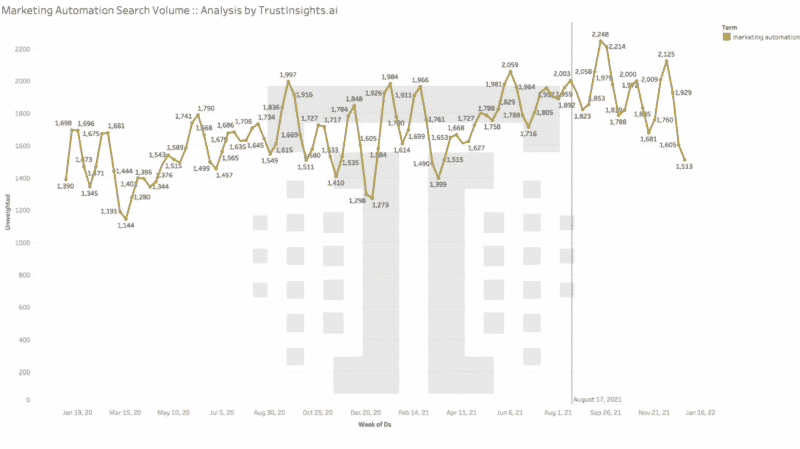
“How often is this going to happen for the rest of this year, and how much does it happen already?” Penn asked. “Again, you can see that up and down jigsaw pattern, that’s our cyclicality. Week-over-week, you’re seeing some weeks high,some weeks low. And this data allows us to forecast forward.”
He added, “If you were doing search marketing or even doing content marketing, you would [determine] which weeks in the next five or six weeks here or the next 10 or 12 weeks, what weeks do I want to put out more content about marketing automation?”
By looking at past patterns, you can use the forecast to pick times when you want to optimize pages or execute a campaign.
It’s all based on mathematical probabilities, a lot of math computed in high volume, and it’s never 100% certain because it can only predict things that have either happened before or come in cycles.
But forecasting that uses predictive analytics points out opportunities that marketers will be paying attention to, even if they work for your competitor.
The post Using AI-powered predictive analytics to time your next move appeared first on MarTech.
(19)
